Halloween – Cowboys, Superheroes and Scary Clowns?
Modern Halloween Health & Safety
Once again, All Hallows Eve is looming.
This time of celebration and superstition is thought to have its origins in the ancient Celtic festival of Samhain, when people would light bonfires and wear costumes to ward off roaming ghosts.
In the eighth century, Pope Gregory III designated November 1st as a time for honouring all saints and martyrs; the holiday, All Saints’ Day, included some of the traditions of Samhain.
The evening before was known as All Hallows’ Eve and later became known as Halloween.
Going beyond the history lesson though, let’s consider what it means today along with some of the more prominent Health & Safety considerations.
Costumes – Be Scary but be Sensible
Halloween is a time when we tend to dress up, or dress our children up as ghosts and ghouls and things that go bump in the night. In the U.K. we still tend to dress towards the darker side of fancy dress; this has started to take influence from characters in modern movies, (or not so modern) from Frankenstein and Dracula to Jason Voorhees, Freddie Kruger and of course zombies, along with the classic bedsheet and chain rattling ghosts.
In the U.S. the costumes are much more far ranging and on some occasions can make us in the U.K. wonder ‘what has a cowboy, superhero or a clown got to do with a scary festival like Halloween’?
This was highlighted when a few years ago, at a Halloween party, a cowboy walked in, followed by a policeman, followed by a red Indian. The chap I was standing next to shouts at me ‘The Village People have just arrived’. It was quite uncanny. Laughing, I missed the bar and dropped my drink all over my Hannibal Lecter boots. I then took off my mask and walked over to complete the line-up, as the construction worker. My Hannibal Lecter costume consisted of an orange overall suit, rig boots and of course the infamous ‘Bite Mask’. Take away the mask and for one night only… We were the Village People. True story.
Continuing with costumes brings me to something that has been in the U.K. news recently and relates to one of the costumes I mentioned earlier. Clowns, or specifically, scary clowns.
This bizarre craze from the Americas recently hit our shores, with scary clowns jumping out of bushes and chasing unsuspecting victims at random. Initially a news footnote these incidents have risen to national attention as matters have taken an unpleasant turn; mostly due to violent reactions from members of the public in retaliation. As a result, these outfits and masks are now being pulled from the shelves of many shops in the U.K. to try and halt this new trend.
While this is an almost comically exaggerated example of a joke going a bit too far, it demonstrates how a seemingly harmless activity such as dressing up can suddenly escalate to a prominent Health & Safety hazard.
In the latter example, simple common sense as to where the line of acceptability is and a little consideration about where a scare might lead could go a long way to preventing unnecessary hospital visits.
On a more general note there are plenty of basic considerations to be made when choosing Halloween costumes. Most predominantly, keep in mind the materials costumes are made from and how flammable they are; Halloween is a time for candles and lanterns containing candles, so there is often a fire hazard close by, especially where loose flowing plastic capes and white bedsheet ghosts are concerned.
Halloween More ‘Treat’, less ‘Trick’ – Safety on the Night
In years gone by parents thought nothing of letting their kids out ‘trick or treating’ on their own, this however has changed over time with the obvious deterrent being children going missing, or worse. Anyone who’s seen the news in the last 10 years will likely see where this increased concern comes from.
So, if you have kids who are wanting to join in the festivities, go with them, or at least make sure they are in a larger group of children who are all looking out for each other. A 20p coin in the back pocket can’t hurt, to make a phone call if something goes wrong and a mobile is stolen or lost in the treats.
Then there are the urban legends connected to the treats the children are given. These include common fears including poisoned sweets or candies, razor blades in the ‘bobbing apples’ and the like. While there are definitely stories out there of these kinds of monstrosities happening, most are exaggerations or outright fabrications, serving as nothing more than modern cautionary tales to children and parents.
Heeding these cautions (especially when there are so many ‘copy cats’ out there) is more or less a given nowadays. So, to keep safe it may be a good idea to steer clear of homemade Halloween treats (unless you know who has made them) and checking the wrappers on factory made sweets for tampering or foreign objects must warrant a mention.
Halloween has changed over time, from its superstitious and religious origins to what we now recognise as Halloween – ‘A fun holiday where we (or our kids) get dressed up and collect sweets’.
With a little awareness, common sense and reasonable restraint everyone can have a fun evening, that doesn’t end up with a trip the local A&E department.
Muhahahahaha.
Ted Sturgeon

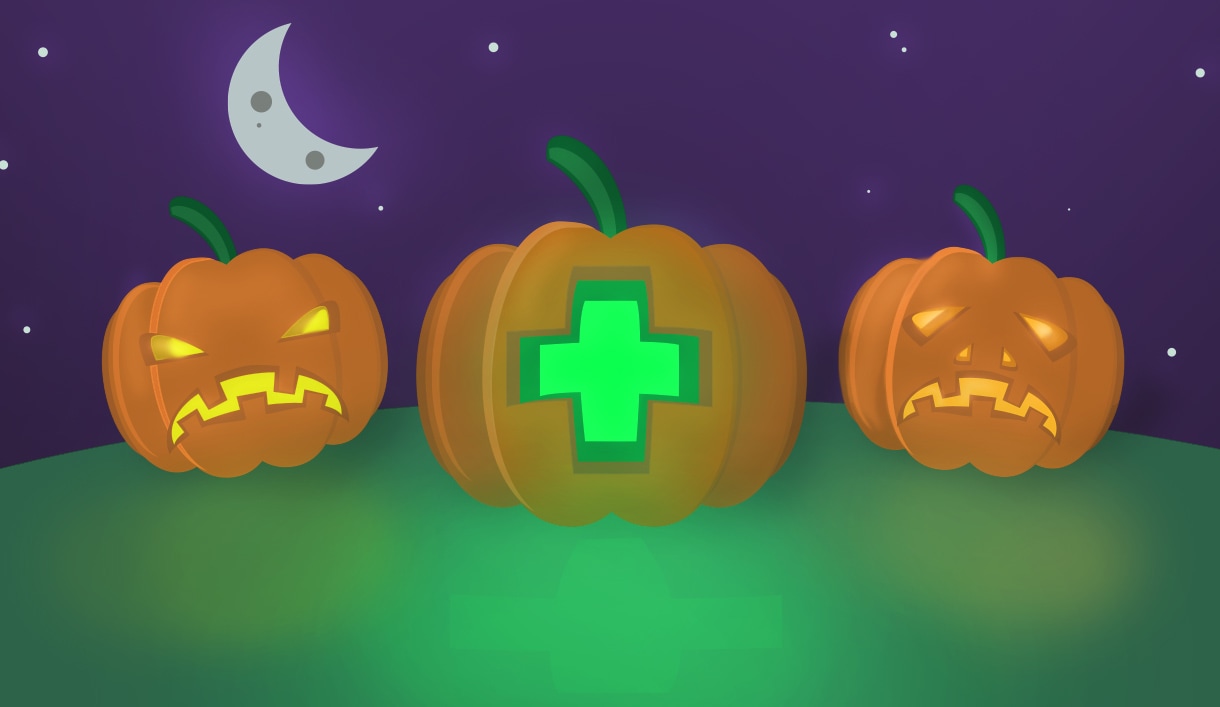

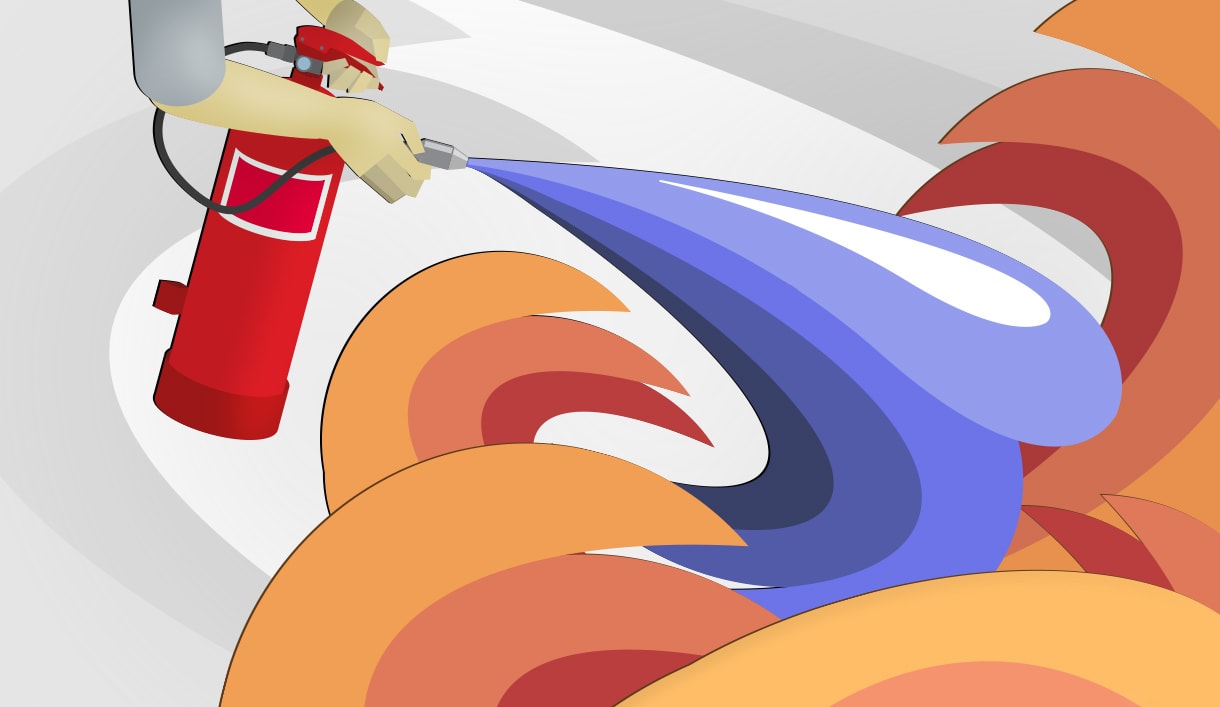
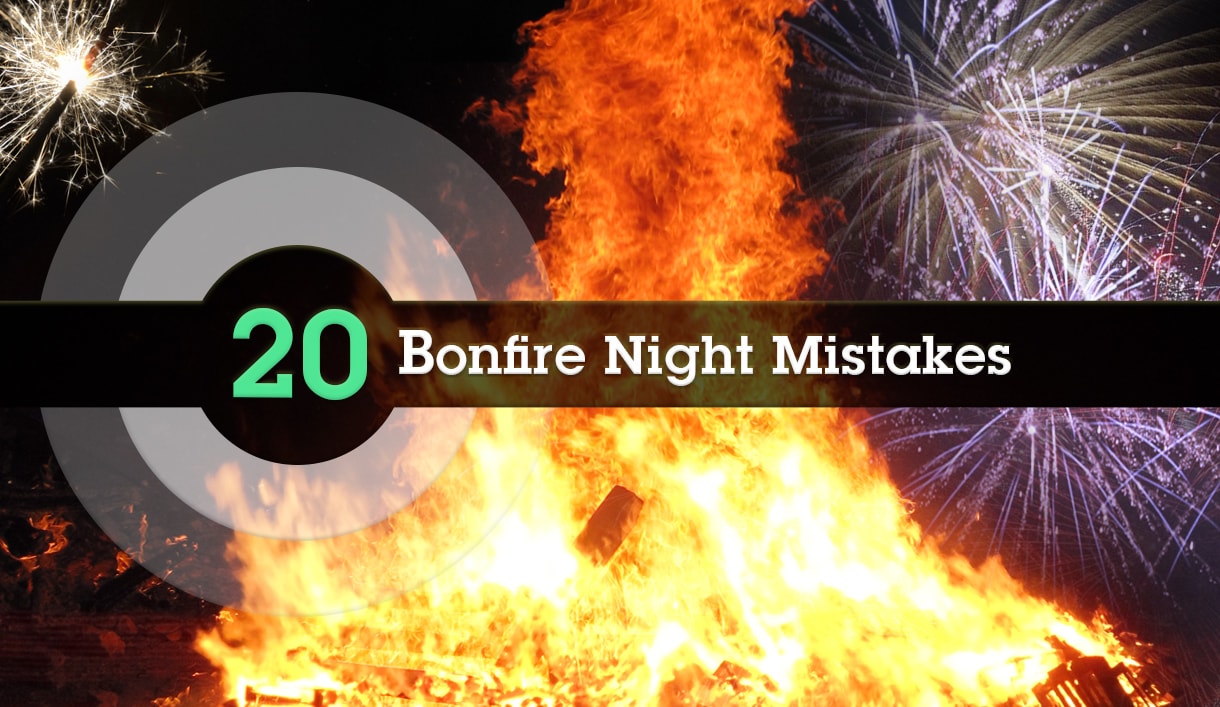
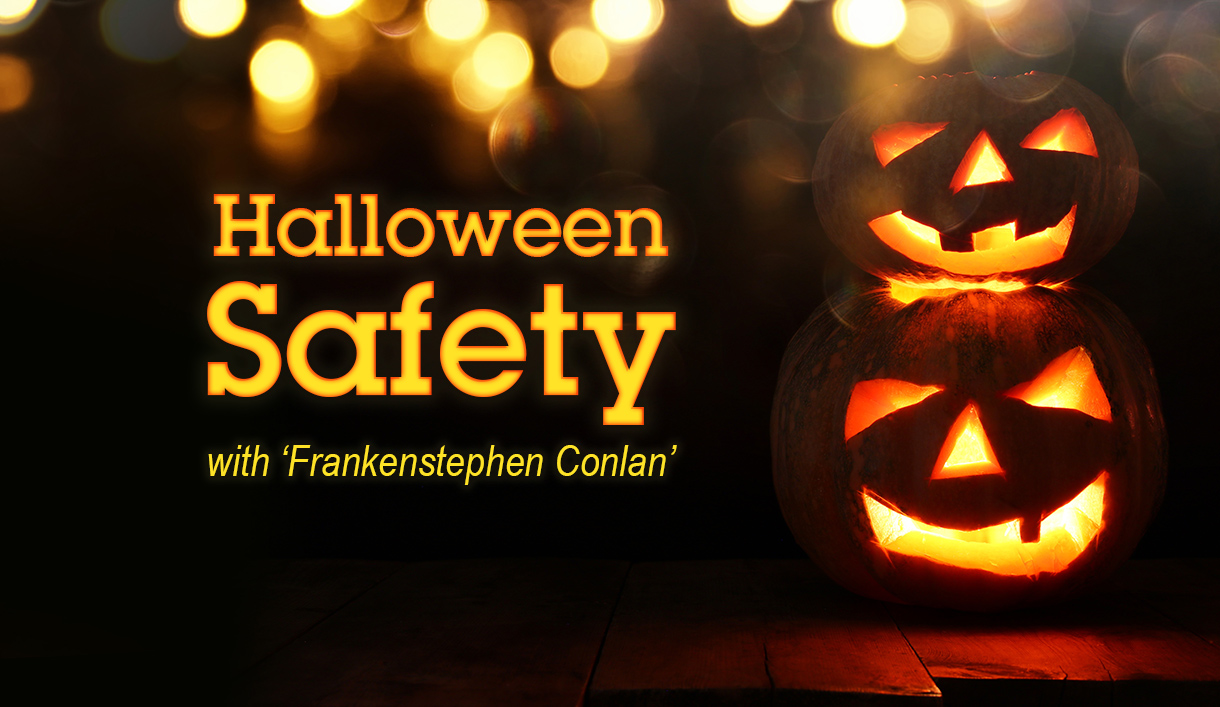
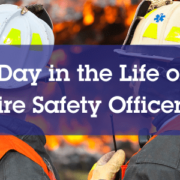
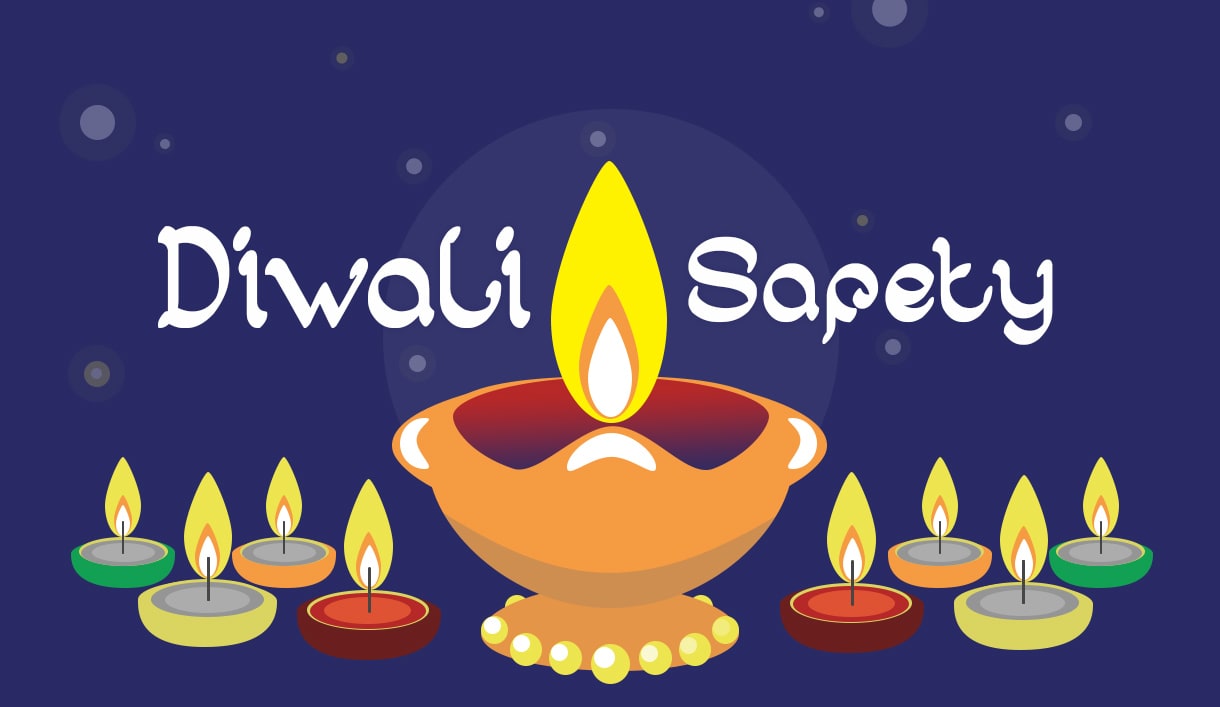
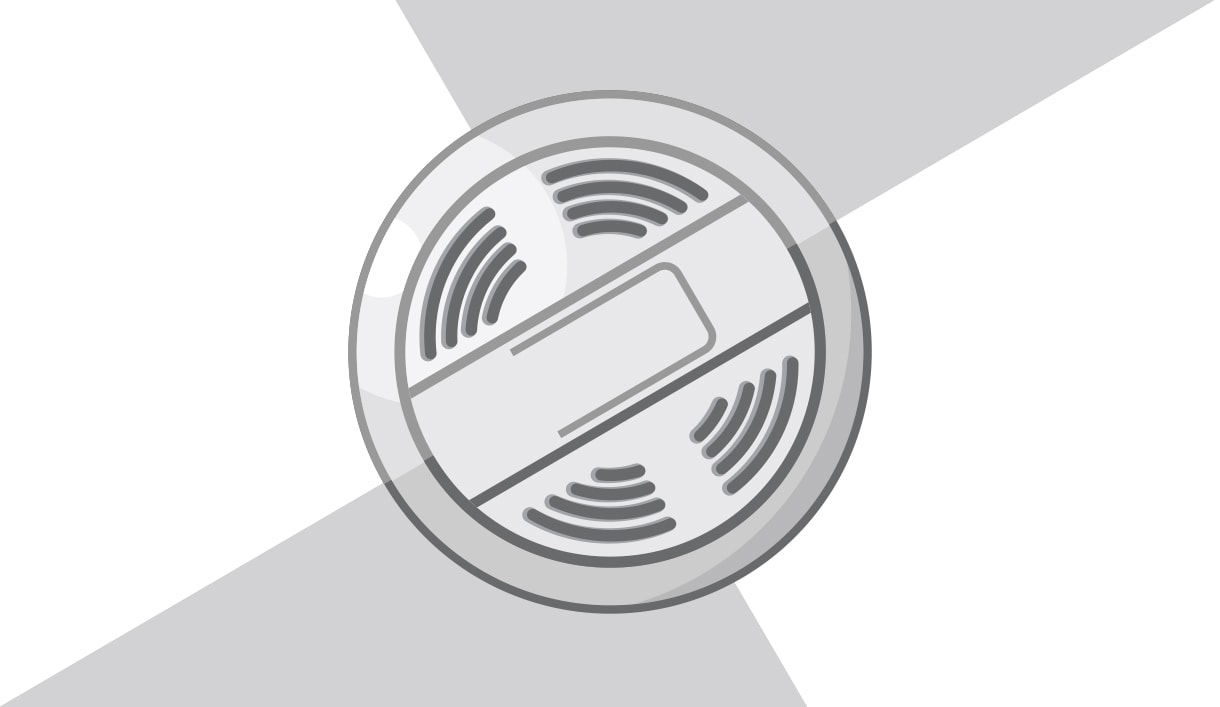
Great Blog! Common sense on Halloween night will hopefully keep us all safe, especially in the wake of the recent clown hysteria in the UK.
Fire Safety is going to be important in the coming days with Bon-Fire night just around the corner.